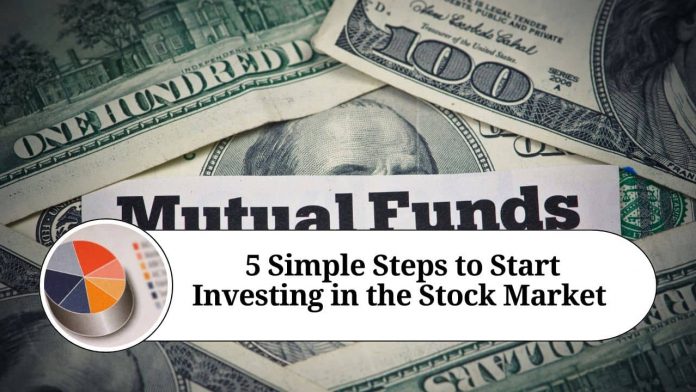Understanding Mutual Fund NAV: A Beginner’s Guide
If you are new to mutual funds, you may have come across the term NAV. NAV stands for Net Asset Value, and it is an important concept to understand when it comes to investing in mutual funds. In this blog, we will explain what NAV is, how it is calculated, and why it is important.
What is NAV?
NAV is the price at which one unit of a mutual fund is valued. In other words, it is the value of all the assets held by the mutual fund, minus any liabilities, divided by the total number of units outstanding. The NAV of a mutual fund is calculated at the end of each trading day.
How is NAV calculated?
To calculate the NAV of a mutual fund, you need to know the total value of the assets held by the fund, which includes stocks, bonds, cash, and other securities, as well as any dividends or interest earned. You also need to know the total liabilities of the fund, which includes any outstanding expenses, fees, or debts.
Once you have this information, you can calculate the NAV by dividing the total value of the assets minus the liabilities by the total number of units outstanding. For example, if a mutual fund has a total asset value of $100 million, total liabilities of $5 million, and 10 million units outstanding, the NAV would be $9.50 ($100 million – $5 million / 10 million units).
Why is NAV important?
NAV is an important metric for mutual fund investors because it helps them understand the value of their investment. The NAV of a mutual fund can fluctuate on a daily basis, depending on the performance of the underlying assets held by the fund.
Investors can use NAV to track the performance of their mutual fund investment over time. If the NAV of a fund is increasing, it means that the value of the underlying assets is also increasing, which can be a sign of a healthy and profitable investment. On the other hand, if the NAV is decreasing, it may be a sign that the underlying assets are underperforming or that the fund is experiencing some financial difficulties.
NAV is also important for buying and selling mutual fund units. When you buy or sell mutual fund units, the price you pay or receive is based on the NAV at the time of the transaction. For example, if the NAV of a mutual fund is $10 and you want to buy 100 units, you would need to pay $1,000 ($10 x 100 units). Similarly, if you want to sell 100 units of the same fund, you would receive $1,000 based on the NAV at the time of the transaction.
Conclusion
NAV is an important metric for mutual fund investors, as it helps them understand the value of their investment and track its performance over time. By understanding how NAV is calculated and why it is important, you can make informed investment decisions and maximize your returns.
Other Related Blogs: Section 144B Income Tax Act
Frequently Asked Questions (FAQs)
Investing in the stock market can be a daunting task for beginners. It involves understanding various concepts, strategies, and risks associated with investing. Here are some frequently asked questions that can help you gain a better understanding of how to invest in the stock market:
Q.What is the stock market, and how does it work? The stock market is a platform where investors can buy and sell shares of publicly traded companies. It works by connecting buyers and sellers through stock exchanges such as NYSE, NASDAQ, and others. Investors can buy shares of a company through a broker or an online trading platform.
Q.How much money do I need to start investing in the stock market? There is no minimum amount required to start investing in the stock market. You can start with as little as $50 or $100, depending on the broker or platform you choose. However, it is important to keep in mind that the more money you invest, the higher your potential returns (and risks) can be.
Q.What are the different types of stocks? There are two main types of stocks: common stocks and preferred stocks. Common stocks represent ownership in a company and come with voting rights at shareholder meetings. Preferred stocks, on the other hand, have a fixed dividend payment and do not come with voting rights.
Q.What are the risks associated with investing in the stock market? Investing in the stock market comes with risks such as market volatility, company-specific risks, and economic risks. It is important to do your research and diversify your portfolio to manage these risks effectively.
Q.How do I choose which stocks to invest in? Choosing stocks to invest in involves conducting research on companies, analyzing financial statements, and understanding market trends. You can also consider seeking the advice of a financial advisor or using investment tools such as stock screeners to identify potential investment opportunities.
Q.How long should I hold my stocks? The holding period for stocks can vary depending on your investment goals and strategy. Some investors prefer short-term trading, while others opt for long-term investments. It is important to have a clear understanding of your investment goals and to develop a strategy that aligns with those goals.
Q.How do I track the performance of my stocks? You can track the performance of your stocks through various platforms such as Yahoo Finance, Google Finance, or your broker’s trading platform. You can monitor key metrics such as the stock price, earnings per share, dividend yield, and market capitalization to assess the performance of your investments.




















